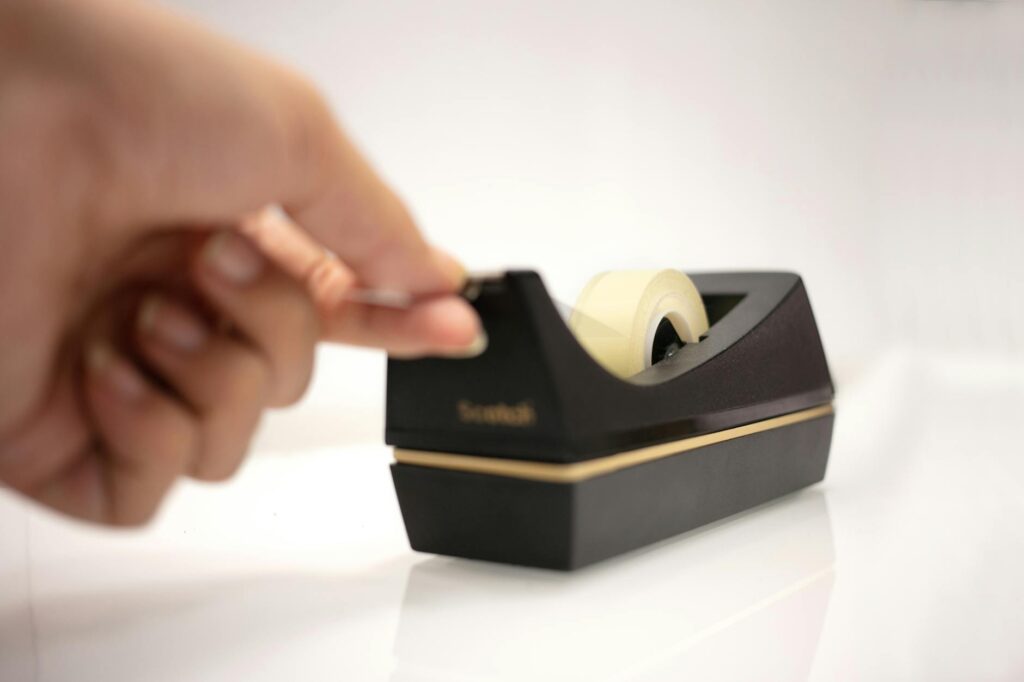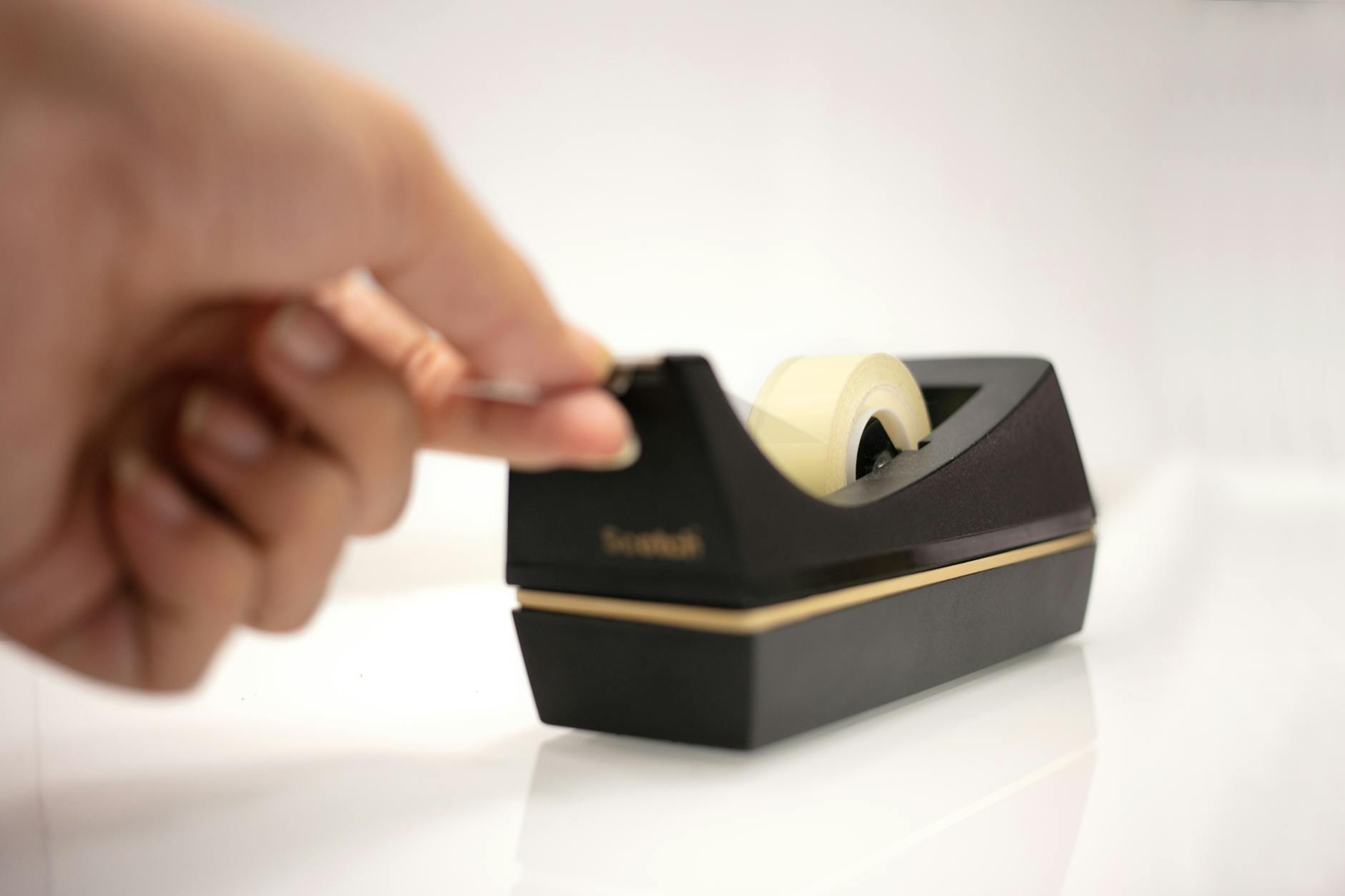What is single tasking?

What is single tasking?
In today’s fast-paced world, where multitasking is often hailed as the ultimate productivity hack, single tasking stands out as a refreshing approach. It’s not just an alternative; it’s a philosophy that encourages focusing on one task at a time, promoting deeper engagement and effectiveness. As we navigate through a sea of distractions, understanding and implementing single tasking can significantly enhance our productivity and overall well-being.
Understanding Single Tasking
Single tasking means dedicating your full attention to one task until it’s complete. This method contrasts sharply with multitasking, where we juggle several tasks at once, often leading to divided attention and reduced quality of work.
Definition of Single Tasking
Simply put, single tasking is the practice of concentrating on a single task without distractions until it’s finished. This can be anything from writing a report to completing a workout session. The goal is to immerse yourself fully in that one activity.
Single Tasking vs. Multitasking
While multitasking might seem like a time-saver, it can lead to decreased efficiency. Research indicates that switching between tasks can waste up to 40% of a person’s productive time. When you multitask, your brain has to constantly shift focus, leading to mental fatigue and stress. On the other hand, single tasking allows for greater focus, better retention of information, and higher-quality outcomes. Embracing this approach can be a game-changer in both your personal and professional life. For more insights on this concept, you can explore the article on single-tasking.
Benefits of Single Tasking
Adopting single tasking can lead to several compelling benefits that enhance both productivity and well-being.
Improved Focus and Concentration
When you engage in single tasking, your mind can dive deeper into the task at hand. This focused approach minimizes distractions, allowing for greater clarity and a stronger connection to your work. By honing in on one thing, you can engage with it fully, leading to a more satisfying and productive experience.
Enhanced Productivity
Focusing on one task at a time can actually boost your productivity. When you eliminate the time lost in task-switching, you’ll find that you can complete tasks more efficiently. Instead of spreading your attention thin, you channel your energy effectively, often discovering that you can finish your work faster than when juggling multiple responsibilities. For a deeper understanding of how single tasking improves productivity, check out Single-Tasking: Mastering the Art of Deep, Productive Work.
Better Quality of Work
Single tasking allows you to invest your energy into each task, which often leads to higher quality outcomes. When you’re not distracted by other tasks, you can take the time to think critically and creatively about your work. This leads not only to better results but also to a greater sense of accomplishment and satisfaction in your efforts.
How to Practice Single Tasking
Implementing single tasking in your daily routines doesn’t have to be difficult. Here are some practical tips to get started.
Setting Clear Priorities
To effectively practice single tasking, you need to prioritize your tasks. Start each day by listing what you need to accomplish and rank these items based on urgency and importance. This will guide your focus, ensuring that you allocate your energy to the tasks that matter most.
Creating a Distraction-Free Environment
Distractions can quickly derail your focus. Set up a workspace that minimizes interruptions—turn off notifications on your phone, close unnecessary tabs on your browser, and let others know you’re in a focused work session. A clean, organized workspace can also help enhance your concentration.
Using Time Blocks
Time blocking is a powerful technique to enhance single tasking. Allocate specific time slots for each task on your to-do list. For instance, you might decide to work on a report from 9 AM to 11 AM without interruptions. This structured approach not only helps you stay on track but also allows for regular breaks to recharge.
Challenges of Single Tasking
Transitioning from multitasking to single tasking can come with its own hurdles.
Cultural Expectations
In many work environments, multitasking is often glorified. It’s common to feel pressured to juggle multiple tasks simultaneously, as if doing so proves your productivity. To overcome this societal norm, advocate for yourself and your productivity methods. Share the benefits of single tasking with your peers to foster a more focused culture at work.
Resistance to Change
Adopting single tasking may come with some psychological barriers. You might feel anxious about leaving tasks unfinished or fear that others will perceive you as less productive. Recognizing these feelings is the first step to overcoming them. Remember that focusing on one task can lead to better results in the long run.
Conclusion
Single tasking offers a powerful antidote to our multitasking culture, encouraging us to focus deeply on one thing at a time. By improving our focus, enhancing productivity, and elevating the quality of our work, single tasking can transform not only our professional lives but also our personal satisfaction. So why not give it a try? Start today and see how this approach enhances your productivity and well-being.

Photo by Marina Agrelo